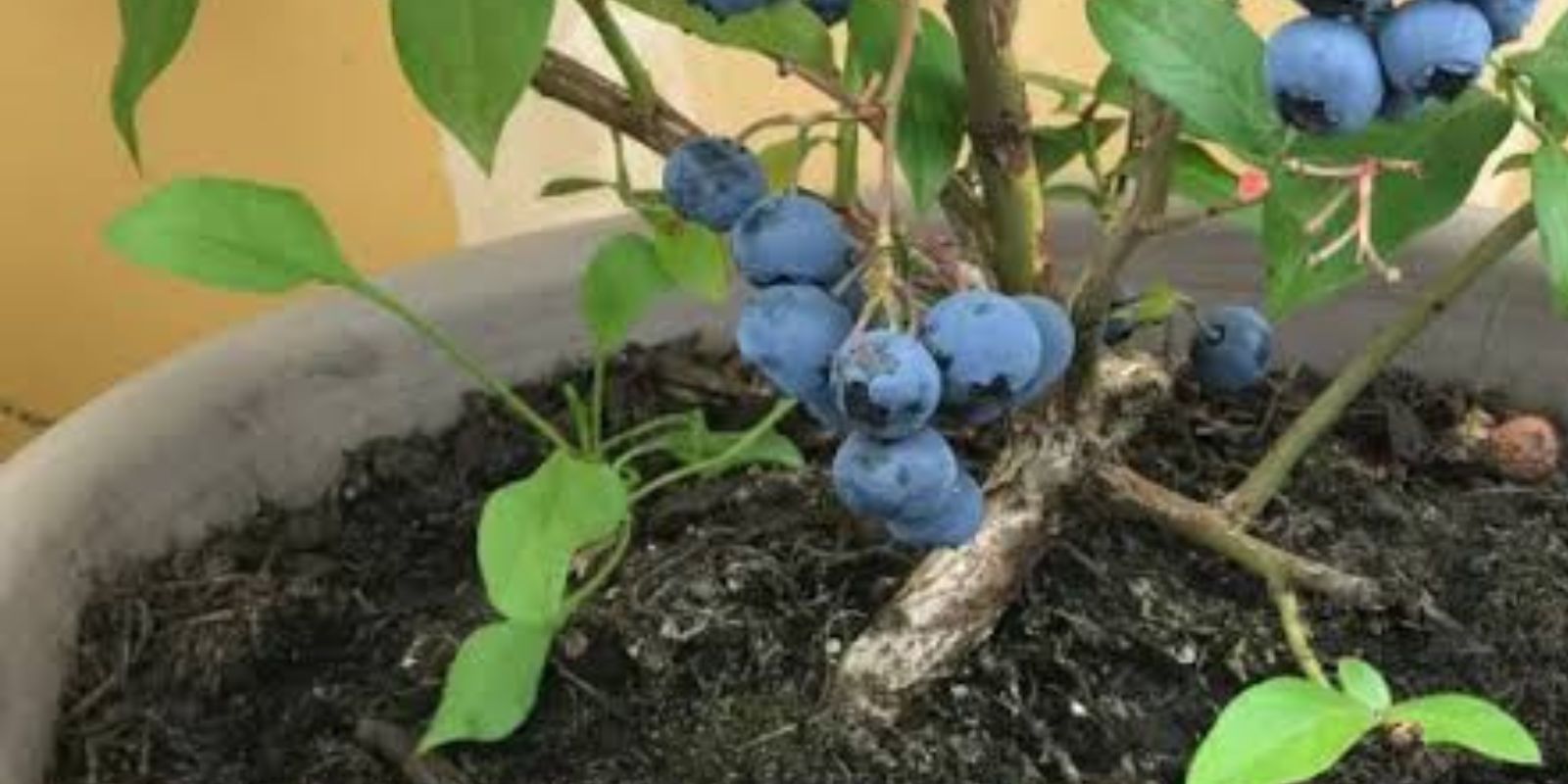Blueberries are a popular addition to any home garden, offering not only a delightful treat during the summer months but also a nutritional powerhouse packed with antioxidants and vitamins. However, these sweet berries require specific growing conditions to thrive. By following the right steps and incorporating a clever trick to acidify your soil, you can enjoy a bountiful harvest of blueberries every year.
Why Grow Blueberries?
Blueberries are low-maintenance once established and are perfect for small gardens, pots, or even as decorative shrubs. Besides their delicious flavor, blueberries offer numerous health benefits, including improved heart health, enhanced brain function, and support for a robust immune system.
In this guide, we’ll break down the process of planting and caring for blueberry bushes, ensuring that your garden becomes a berry haven.
Step-by-Step Guide to Planting Blueberries
1. Choose the Right Location
Blueberries love the sun. To achieve maximum growth and berry production, plant your bushes in a location that gets at least 6-8 hours of direct sunlight daily. Ensure the area is protected from strong winds and has good air circulation to prevent fungal diseases.
2. Understand the Soil Requirements
Blueberries thrive in acidic soil with a pH between 4.5 and 5.5. If your soil isn’t naturally acidic, you’ll need to amend it to meet their needs. Testing your soil is crucial—this will help you determine its pH and nutrient levels.
A Clever Trick to Acidify Your Soil Instantly
If your soil is too alkaline, use this simple method:
- Vinegar Solution: Mix 1 tablespoon of white vinegar into 1 gallon of water. Use this mixture to water your blueberry plants once every few weeks to maintain the acidity.
- Peat Moss Addition: Before planting, mix peat moss into the soil. This organic material naturally lowers pH and retains moisture.
3. Selecting the Right Variety
Choose blueberry varieties suited to your climate. Common options include:
- Highbush Blueberries: Ideal for cooler climates.
- Rabbiteye Blueberries: Thrive in warmer regions.
- Lowbush Blueberries: Best for colder areas and ground cover.
For consistent harvests, consider planting multiple varieties with overlapping blooming periods to encourage cross-pollination.
4. Planting Your Blueberry Bush
- Timing: Plant your blueberry bushes in early spring or late fall when the plant is dormant.
- Digging the Hole: Dig a hole twice the size of the root ball and about as deep as the container it came in.
- Placement: Position the bush in the hole, ensuring the root crown is level with or slightly above the soil surface.
- Backfill: Refill the hole with the amended soil, gently pressing it down to eliminate air pockets.
5. Mulch for Moisture and Acidity
Blueberries have shallow root systems, so mulching is vital to retain moisture, regulate soil temperature, and suppress weeds. Use organic materials like:
- Pine needles
- Wood chips
- Sawdust
These materials also contribute to maintaining the soil’s acidity.
6. Watering Requirements
Consistent moisture is key, especially during the first year as the plant establishes itself. Water deeply once or twice a week, ensuring the soil remains moist but not waterlogged. During hot, dry spells, increase watering frequency.
7. Fertilizing Blueberries
Blueberries are light feeders, but they do benefit from fertilizers designed for acid-loving plants (like azaleas or rhododendrons). Apply fertilizer once in early spring and again in late spring or early summer. Avoid over-fertilizing, as this can damage the plant’s roots.
8. Pruning for Productivity
Pruning is essential for maintaining a healthy, productive blueberry bush:
- In the first two years, focus on removing weak or dead branches to encourage strong growth.
- Starting in the third year, prune annually during late winter or early spring before new growth begins.
Remove older canes (over six years old) to stimulate new growth and maintain a balance between old and new wood.
9. Dealing with Pests and Diseases
Blueberries are generally pest-resistant, but birds love the fruit as much as we do! To protect your crop:
- Install netting over the bushes during the fruiting season.
- Use reflective tape or scare devices to deter birds.
For diseases, ensure proper spacing between plants to improve air circulation and avoid overhead watering to reduce fungal issues.
Caring for Your Blueberry Bush Long-Term
Once established, blueberry bushes can produce fruit for decades with proper care. Here’s how to maintain their productivity:
- Seasonal Checks: Inspect plants regularly for signs of stress, disease, or pests.
- Soil Maintenance: Test soil every few years and adjust pH or nutrients as needed.
- Mulching Renewal: Refresh mulch annually to maintain moisture and acidity.
When to Expect Your First Harvest
Blueberry bushes take a few years to reach full production, but the wait is worth it:
- Year 1-2: Focus on establishing the plant. Remove any flowers to direct energy into root and shoot growth.
- Year 3: Expect your first significant harvest, with yields increasing each year thereafter.
Benefits of Growing Blueberries at Home
- Freshness: Enjoy sun-ripened blueberries straight from your garden.
- Cost Savings: A mature blueberry bush can yield several pounds of fruit annually.
- Health Perks: Packed with vitamins, fiber, and antioxidants, blueberries support overall wellness.
Conclusion
Planting a blueberry bush doesn’t have to be complicated, but understanding their unique needs is key to success. By selecting the right location, maintaining acidic soil with clever tricks like vinegar water or peat moss, and providing consistent care, you’ll be rewarded with an abundance of sweet, juicy berries every summer.
What’s your favorite way to enjoy blueberries? Let us know in the comments below!
🌱 Start planting your blueberry bushes today for a healthier, tastier future! 🌱

